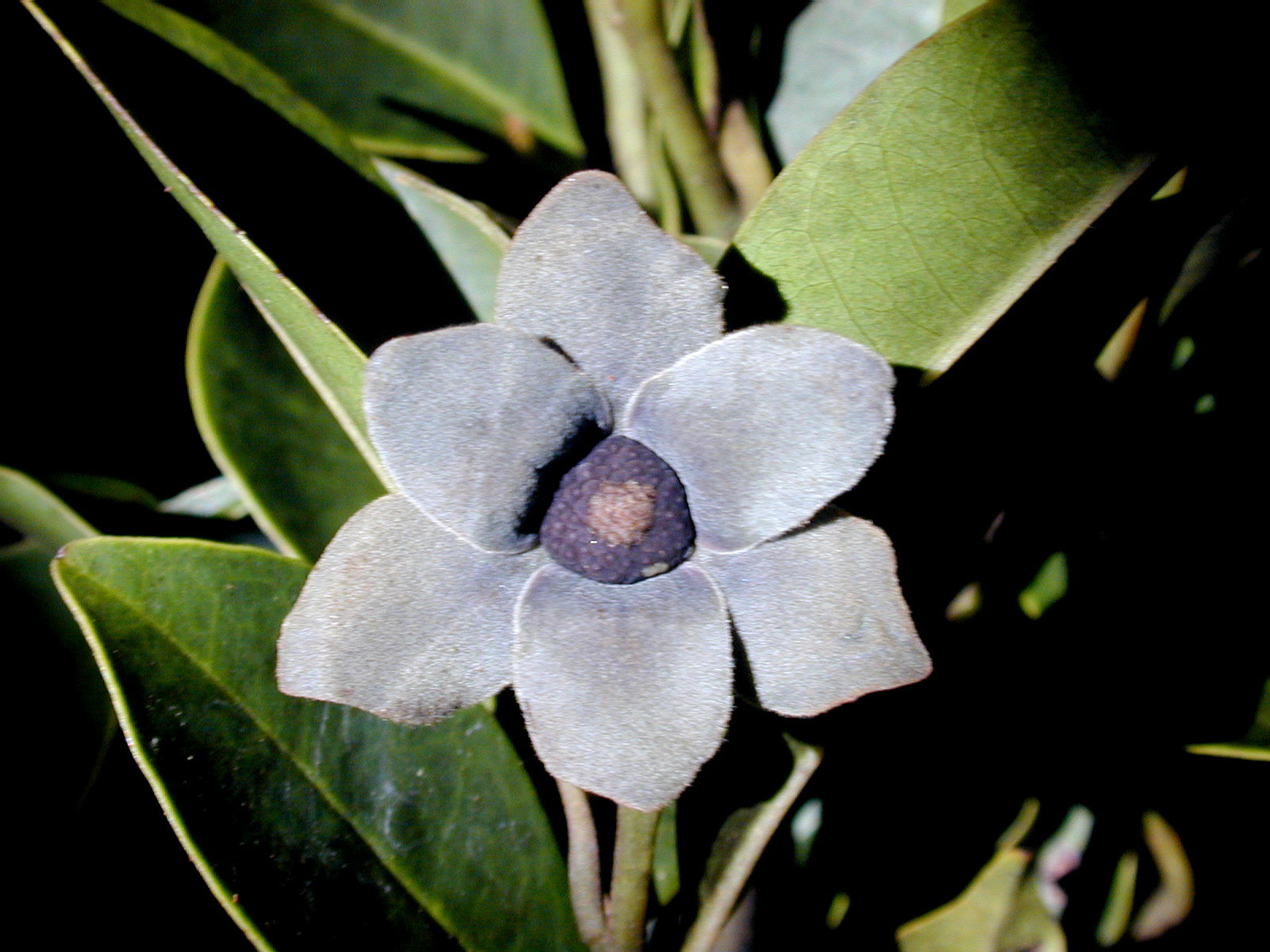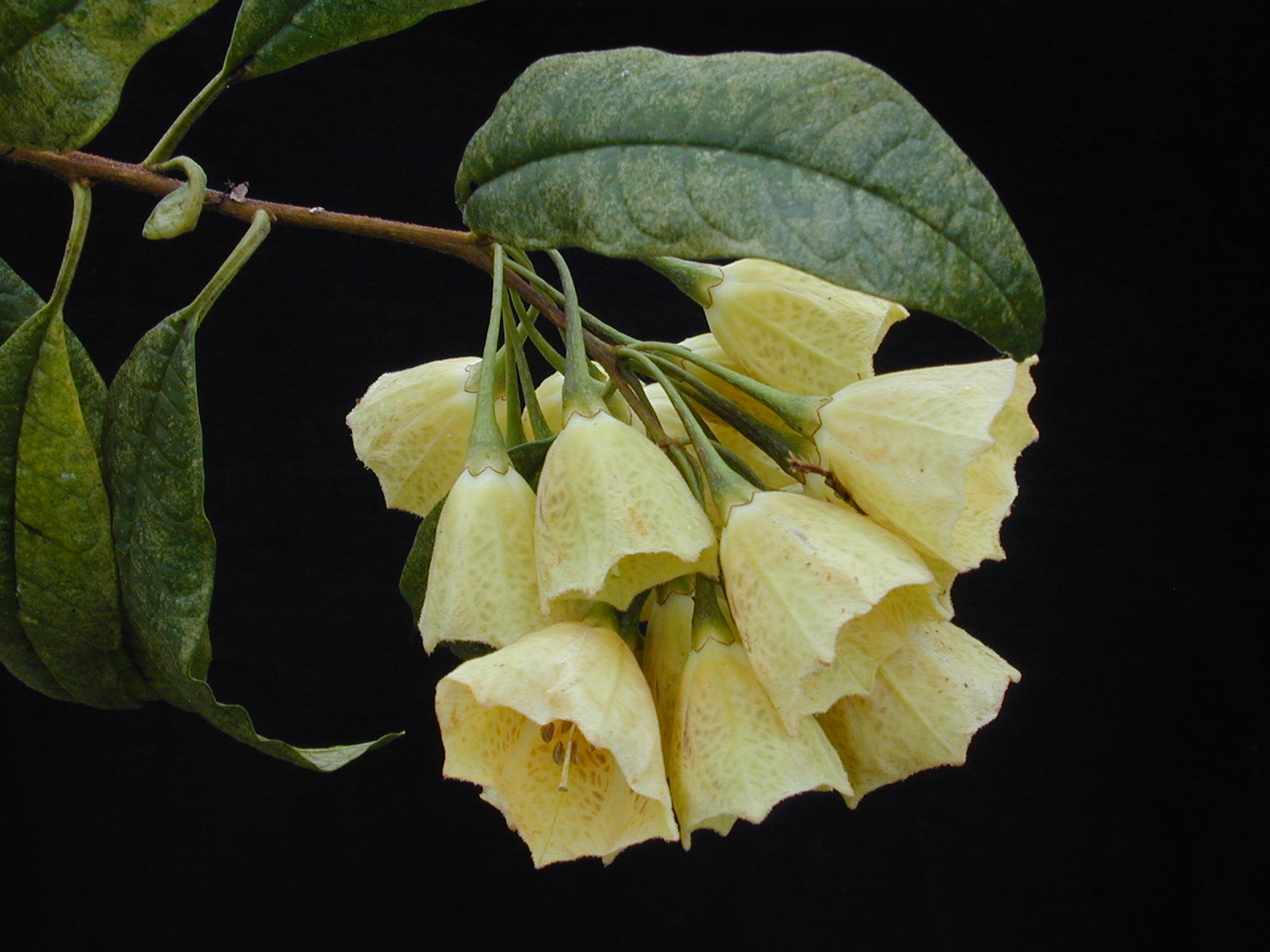Finding the missing pieces
Missing pieces in the biodiversity puzzle make it impossible to accurately predict the effects of climate change on most plant species in the Amazon and other tropical areas, according to a new study by Associate Professor of Biology Miles Silman and postdoctoral associate Ken Feeley.
For nine out of 10 tropical plant species, so few records exist that they are essentially invisible to the most commonly used tools of modern conservation science, Silman said.
He and other researchers use a technique called species distribution modeling to estimate species ranges. In thoroughly collected, low diversity temperate areas the technique works well. But gaps in data on tropical plants — which comprise the majority of plant biodiversity on earth — present a significant challenge to scientists and require that they think about new ways of making predictions. Without more data or a new approach species distribution modeling will not provide accurate predictions of the future consequences of climate and land-use changes for tropical plants.
“The study of species distributions and their responses to climate change in high diversity tropical regions is potentially crippled by a lack of basic data,” wrote Silman and fellow researcher Feeley, who is now an assistant professor at Florida International University, in a recent issue of Global Change Biology.
They searched global databases to find all available records on tropical plants and found more than 800,000 records on about 100,000 tropical plant species. But, nearly 40 percent of the species were represented by a single record, with only one in 10 having the minimum number of collections needed.
“The problem isn’t that there are so few records—there are hundreds of thousands of collections—it is that the species diversity is so high,”  Silman said. “When you look at how the records are distributed among the species, you find that most species are known from one or two collections.”
Silman said. “When you look at how the records are distributed among the species, you find that most species are known from one or two collections.”
What is the answer to this problem? More scientists in the field collecting plant specimens is part of the solution, says Silman, who regularly conducts field research with graduate and undergraduate students on the eastern slope of the Andes Mountains and the Amazon in Peru.
“We argue that the answer lies principally in increasing the amount of raw data available on species occurrences,” the authors wrote. “This involves the unglamorous, but crucial work of increasing the number of herbarium collections from the tropics….We must include a much broader and representative sample of species if we hope to understand, predict and eventually mitigate the effect of global change on tropical diversity.”
They point out a particular need to add records of tropical plant species found in equatorial Africa and Southeast Asia. Helping developing countries identify and add their collections to global databases is also critical.
The simple solution, getting more collections for little-known species, is not as easy as it sounds. “Each of those collections represents an immense amount of work in the field,” Silman said. “Someone had to dedicate a good chunk of his or her life to going to these remote areas and getting the specimens. And that’s only half the work. Once you collect the specimens, you have to preserve or mount them, work to get them named, or describe them as a new species. For a lot of groups of tropical plants, there is just one person studying them. Or, in a surprising number of cases, no one.”
The scarcity of data on many species raises new questions for conservation biologists.
“If we won’t have the data we need to predict even the majority of species ranges with certainty, we need to ask ourselves, how do we make decisions about conservation in the face of uncertainty about species distributions?” Silman said. “What our results show is that we’re not going to be able to get good distributions for most of the plant species on earth, at least not in a meaningful time-frame. We’ll have to rely on other kinds of information to tell us about where we can expect species to live, and how climate change might affect them.”
While most species are facing declining population sizes due to the combination of climate change and deforestation, there is a small silver-lining from the study. “The good news is that for a lot of species we’ve probably underestimated their ranges because the sample sizes are so low. That means that we’ve also been overestimating the odds of driving a species extinct when we use methods that look at range size changes under scenarios of climate change.”
The research has been featured on the Conservation magazine web site and on Mongabay, a popular web site covering environmental science and conservation issues.
Categories: Research & Discovery, University Announcements
Media Contact
Wake Forest News
media@wfu.edu
336.758.5237



